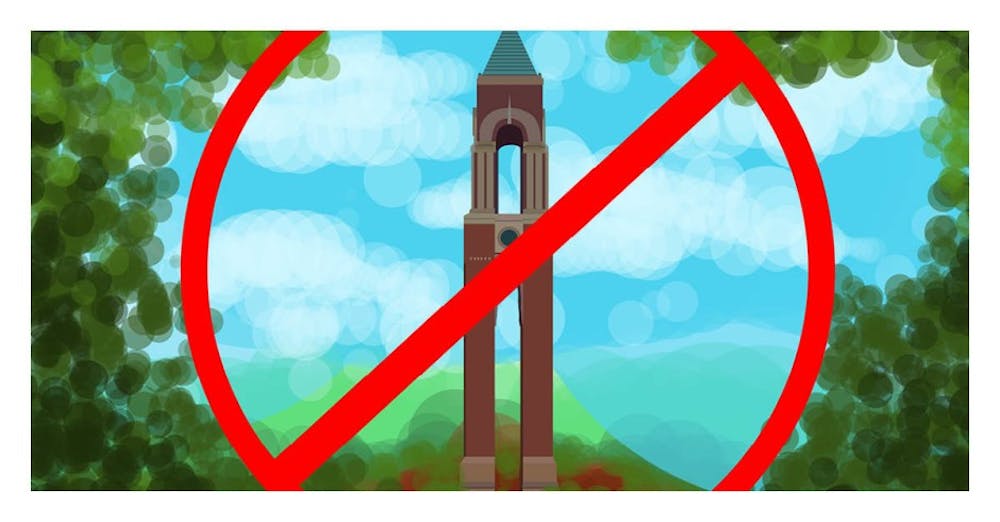Why all of those jobs left town is subject to a lot of speculation, according to Muncie Mayor Dennis Tyler. Many companies that used to operate in the area exported jobs internationally where lower wages made it easier to turn a profit, but Tyler says it was a more complicated issue.
As a result, Muncie was left with hundreds of blighted and abandoned properties, factories, and businesses scattered across the area. Its infrastructure suffered, and it became harder for the city to find money to put toward community improvement.
According to the Bureau of Labor Statistics, Muncie’s employment rate dropped about 62 percent between 1994 and 2010, and its unemployment rate rose at the same rate in that time frame. Salaried factory jobs gave way to lower-paying hourly retail positions, and Muncie joined the ranks of many other cities who faced the same fate.
The Thomas Business Center is one of the area’s older still-functioning firms. Started in 1930, it saw Muncie go from boomtown to what it is today. At one time, it supplied many of the major businesses in town including all of the Ball Corporation, Ball Hospital, and the university. Today it maintains a core base of clients locally and in Indiana’s surrounding states.
Ball State alumnus Kent Thomas is its current owner. He’s the third generation in his family to run the business. Despite its longevity, Thomas says the business did encounter significant challenges over the years. They’ve had to cut staff, turn down contracts, and reconsider the way they acquire new business, but they’ve been in Muncie the whole time.
“This is where we grew up, and as long as we’ve been able to provide ourselves and the people that work here a living, we’ve made a decision to stay here,” Thomas says.
Thomas feels that the city has potential to improve, but he’s unsure if it will happen or not. He’s confident in the city’s amenities and infrastructure, but says the local leadership needs to make the right decisions if it will continue to grow.
Ball State University is the Muncie area’s largest employer. At more than 3,600 full- and part-time non-student employees, a significant chunk of money and disposable income in the city comes directly from the university.
Mayor Tyler says without the partnerships and influence from the university, his job would be a lot tougher.
“I really even wouldn’t want to think about that,” Tyler said. “We’d be a ghost town.”
Tyler says the city would survive without the university, but it would be much more difficult without student and faculty support, both economically and culturally.
College towns typically have fairly stable economies because they have a consistent number of students who live and spend money there, but that impact is relatively small in a regular college town whose economy doesn’t rely so much around its university. Those towns also don’t usually lose their core businesses the way that Muncie did.
To continue reading, visit BallBearingsMag.com





